A Greater Manchester hamlet is the 'quintessential English village'
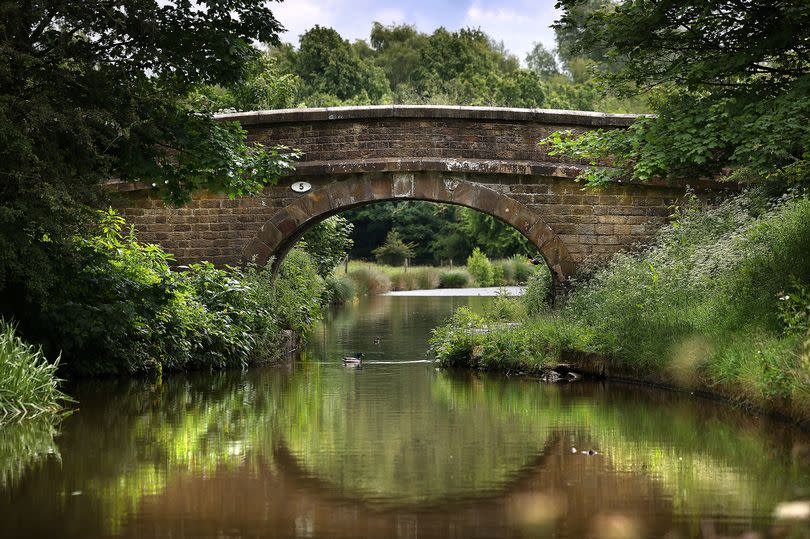
John Goose casts an eye over an immaculately-kept flower box on the village green, put in place in memory of those who lost their lives during the covid pandemic. "I'll have to come down later with a bucket and give it a wipe," he says looking disapprovingly at a small streak of dirt on the planter.
Hawk Green is that kind of place. With its communal green, reading rooms, historic pub, centuries-old farmhouses, cricket club and folk dancing troupe, it's a quintessential English village surrounded by the affluent commuting suburbs of Stockport.
"It's a village within a town," says John, a retired rent officer and now chair of the local residents association. "It's a part of Marple, but we definitely have our own sense of identity."
READ MORE:
Today Hawk Green might be a throwback to a bygone time. But in the 19th Century it was at the forefront of the Industrial Revolution.
Originally a rural hamlet made up of scattered farmhouses and known as Half Green, it was transformed by the opening of the Macclesfield Canal in 1831.
Soon after local businessman Robert Shepley built Shepley Mill, a steam-powered cotton spinning and weaving mill, on the east bank of the canal. Terraced cottages to house the hundreds of workers were also constructed at Barnsfold Road, Hazel View and Rhodes Houses.
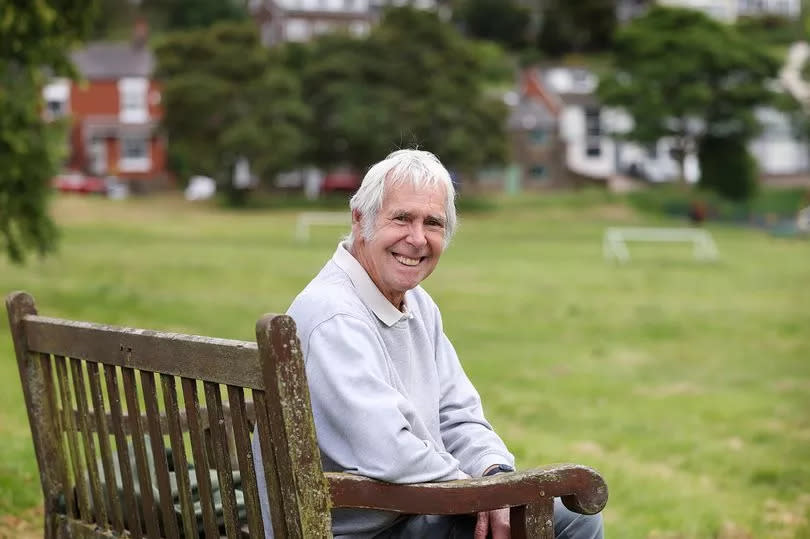
By 1840 Half Green had become Hawk Green - local researchers believe it was renamed after a nearby Hawk Field - and its population began to grow rapidly. Shepley Mill was followed in the early 20th Century by the bigger, more modern Goyt Mill, and it quickly succeeded in putting its near neighbour out of business.
As the cotton industry flourished so did the village and in process established an identity all of its own.
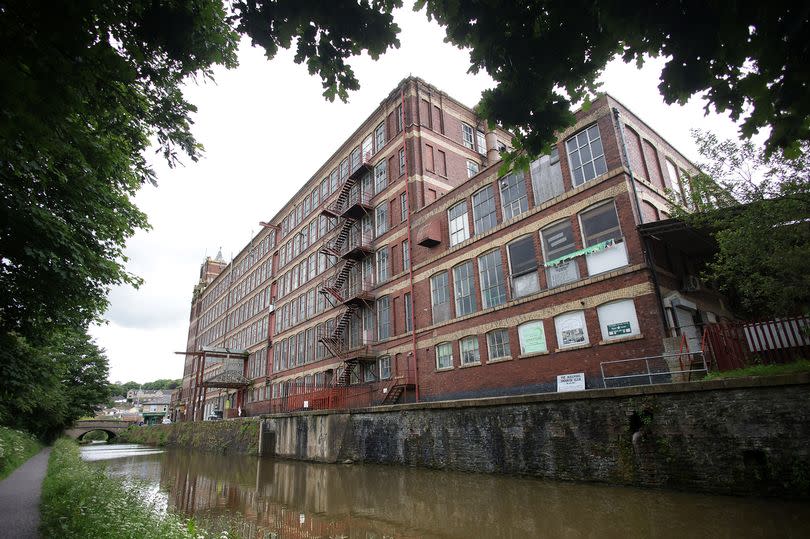
"The word village is apt to describe Hawk Green as it was in my youth," the late Alan Proctor, a well-known 'Hawk Greener', wrote in his memoirs. "To a stranger it is nowadays indistinguishable from Marple, though we still have a cricket club, a post office [since closed] and a village green to maintain the old ’Hawk Greeners' claim to individuality.
"I did not appreciate the place until my later years, I simply took it for granted. Now I realise just how singular it is in many ways."
Fast forward to the 21st century and while the industry that gave rise to Hawk Green maybe long gone, the sense of community it fostered remains.
"I used to live in Cheadle Hulme," said Joan Prince, 80, who moved to the village six years ago to be closer to her daughter. "The day I moved here I thought 'Oh God, have I done the right thing?'
"But I absolutely love it. It's been a good move. It's a lovely little community.
"My daughter said to me one day 'I have become Joan's daughter now and not the other way round'. Life is good here."
For decades the green has been at the centre of village life. Until the 1960s the local cricket club played there, often having to move a local farmer's cows off the pitch before a ball could be bowled.
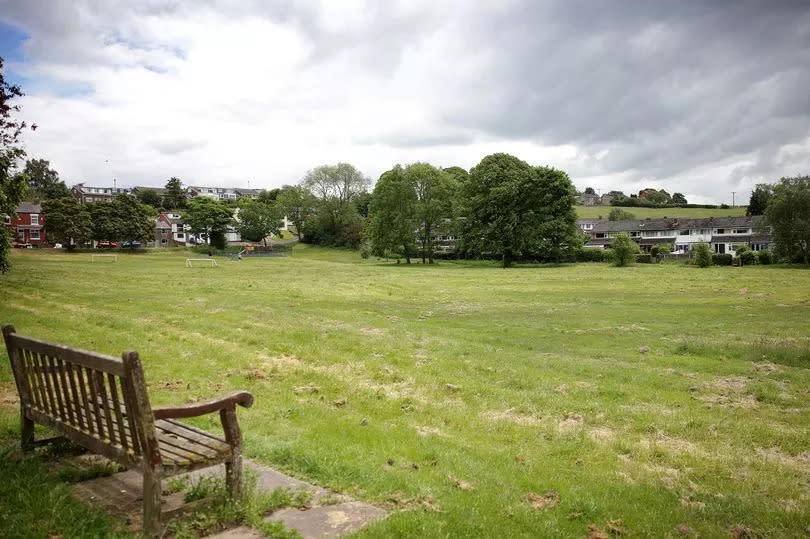
It was thought to be the only place in the north of England where cricket was played on the actual village green. On Upper Hibbert Lane stands Hawk Green Reading Room, built in 1906 for the use of the workers at Goyt Mill.
It once housed a billiard table and baths at the back of the building and many temperance organisations held their meetings there. The mill workers might be long gone, but the reading room is still being put to good use today.
The notice board outside advertises pilates, tai chi and yoga classes, life drawing and ballroom dancing while the Hawk Green Folk Dancers meet there regularly.
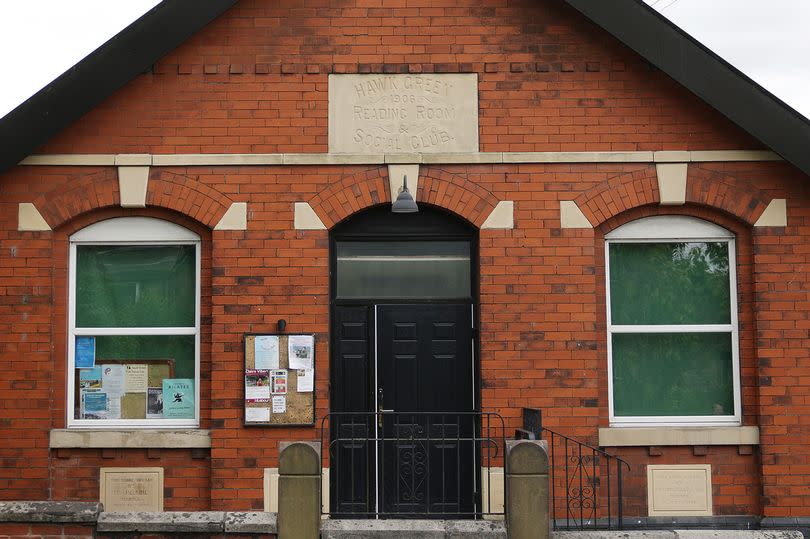
On Tuesday morning Hilary Turnbull, 88, from Disley, is one of around a dozen people attending the weekly art group.
"It's a very relaxing and friendly place to come," she said. "People here are very sympathetic. We help each other and share our problems."
Now Hawk Green is home to retired folk, families and professionals who work from home or commute into Stockport and Manchester. The Peak District is just 20 minutes drive away and with easy access to the countryside and canals it's a popular walking spot.
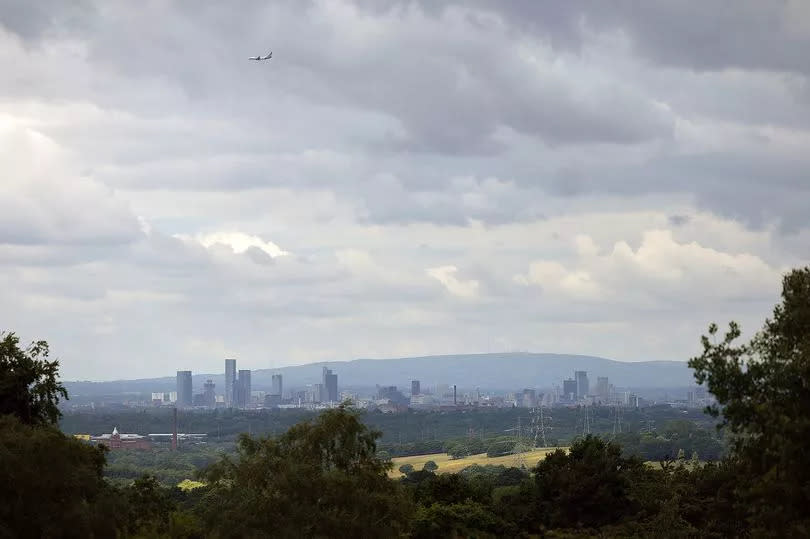
To the north there are stunning views over Stockport to the skyscrapers of Manchester and Salford. Looking in the opposite direction from The Ridge, at 200m above sea level the highest point of the village, you can see for miles across hills of the Peak District.
"It's absolutely wonderful," says John Eastham, a retired wine merchant. "I will never get sick of that view."
"My wife is a Hawk Green girl so we moved back here six years ago. It's a really friendly little place.
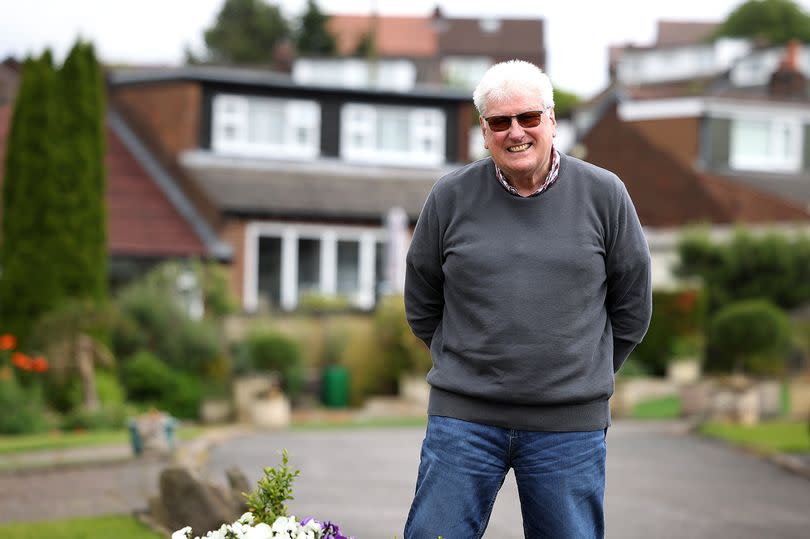
"When I was working I didn't tend to know anyone other than my neighbours. But now I'm retired I walk out in the morning and I meet such a wide range of people.
"I'm here for good now. I'll never move again. I love it."
Mr Goose, who moved to the village 50 years ago, is listening in on the conversation and says he agrees with every word.
"There are 13 houses on our road and six or seven of the people have been here for at least as long as we have," he says. "It's a community. Everybody is friendly. It's peaceful, but there is no shortage of things to do.
"Honestly I wouldn't have a negative thought about this place."

 Yahoo News
Yahoo News 
